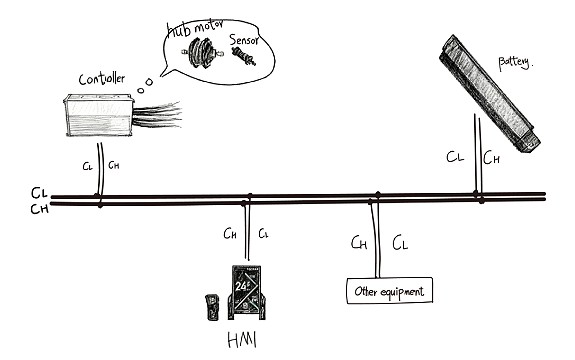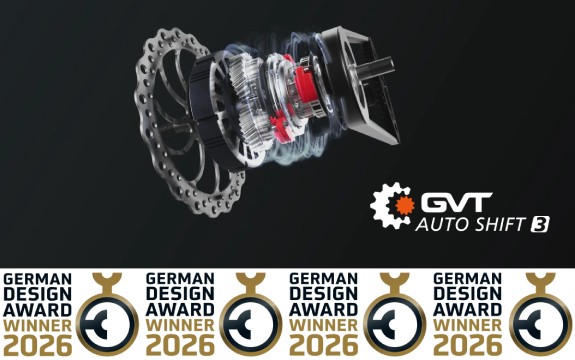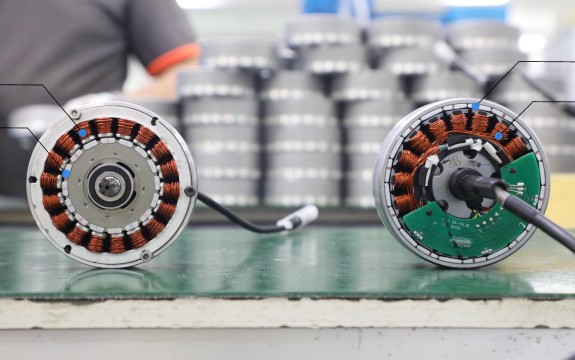When comparing e-bikes equipped with motors advertising varying Nominal Voltage (Vdc) ratings, such as 36V, 48V, and 52V, there are several key differences to consider.
But before we delve into these core differences, it's crucial to recognize the divergent market regulations that influence electric bike designs. The European Union (EU) and United States (US) for instance, have distinct governing guidelines e-bike specifications, including power output and speed limits. These regulations play a pivotal role in determining the suitable motor voltage for you and it's imperative that you familiarize yourself with your local laws and regulations before making a purchase.
So, what role does Nominal Voltage play in your biking experience?
-
Power and Torque:
Higher voltage motors, like the 52V variant, provide increased power and torque, enabling superior performance on steep hills and when carrying heavy loads. A 52V motor dominates challenging terrains when compared to a motor with lower voltage, allowing for improved hill climbing and acceleration. -
Safety:
Notably, 36V motors offer commendable power for most riders while prioritizing safety due to their alignment with the maximum safe voltage for the human body. -
Speed and Acceleration:
E-bikes with higher voltage motors flaunt impeccable acceleration and higher top speeds. This can be advantageous for quicker commuting or covering longer distances in less time. A 52V motor leads the race with its exhilarating acceleration and impressive velocity. -
Efficiency and Range:
Power comes at a cost – energy consumption. While higher voltage motors deliver superior power, they may demand more energy, potentially affecting the overall range of the e-bike per charge. If efficiency and longevity are your priorities, a 36V motor may be the better option for you.
The "power efficiency" of a motor is calculated by output power divided by input power. Voltage, current, load and torque are all factors that influence the "power efficiency" of a motor. However, the "power efficiency" difference between low and high voltage motors is negligible when the rated power is under 500W. Taking all these factors into account, achieving high "power efficiency" depends on the right setup, tailored to the specific requirements of your application. -
Battery Compatibility:
The motor voltage must match the battery voltage for proper operation. Using a battery with a voltage significantly different from the motor's specification could lead to damage or performance issues. Compatibility is the cornerstone of a smooth, optimized e-bike experience. -
Weight and Size:
Higher voltage motors can be larger and heavier due to the increased number of components required to handle the higher power output. This can impact the overall weight and balance of your bike. -
Cost:
Generally, e-bikes with higher voltage motors tend to be pricier due to their premium power and performance capabilities. -
Regulations and Legal Considerations:
Different regions and countries have regulations governing the maximum power output and speed of e-bikes. It's important to ensure that the motor voltage doesn't exceed legal limits in your area. For example, in the EU, 36V motors are the most popular choice as manufacturers can balance safety and power while adhering to the EU limit of 250W maximum rated power output. Note: Regardless of these factors, EU regulations state that the motor must stop providing assistance at a top speed of 25 km/h (15.5 mp/h). -
Motor Technology and Efficiency:
The efficiency of the motor and its technology can also influence performance. A more advanced motor design might provide better performance with lower voltage, or a less efficient motor might need higher voltage to achieve the desired performance.
In summary, the difference between e-bikes equipped with 36V, 48V, or 52V motors relates to power, torque, speed, acceleration, efficiency, range, size, weight, cost, and compatibility. Choosing the appropriate motor voltage should be based on your specific riding preferences, needs, and any legal regulations in your locality. Test-riding e-bikes with different motor voltages can help determine you which one suits your riding style and requirements best.
So, which motor voltage is right for me?
36V Motors:
Our lineup includes mid-motor options such as the 36V versions of the M820, M510, and M420. These motors offer a cost-effective solution with a harmonious blend of power and efficiency. 36V motors are ideal for most riders and are well-suited for traversing moderate terrains. If you're seeking a balance between performance, efficiency, cost and safety, a 36V motor is the perfect companion.
48V Motors:
For those who crave a balance between power and efficiency, options like the 48V variants of the M600 and M410 motors step up to the challenge. With enhanced power and torque, they deliver quicker acceleration and higher top speeds. If you're drawn to tackling rugged terrains and demanding trails, these motors offer the performance you need.
52V Motors:
For the ultimate in power and performance, our 52V motors are here to elevate your ride. Whether you're considering the M620, H720, or H550 models, you can expect unparalleled acceleration and top speed. Designed for serious riders, eCargo and other heavy -Duty e-bikes, and challenging rides, these motors deliver exceptional performance in every aspect.
Remember:
- Higher voltage translates to more power and speed, perfect for enthusiasts seeking an adrenaline rush.
- Lower voltage brings about improved efficiency and extended range, catering to those who crave longer rides.
When selecting a motor voltage, always keep the legal limits of your area in mind. Your chosen motor should align with local regulations to ensure a safe and compliant riding experience.


